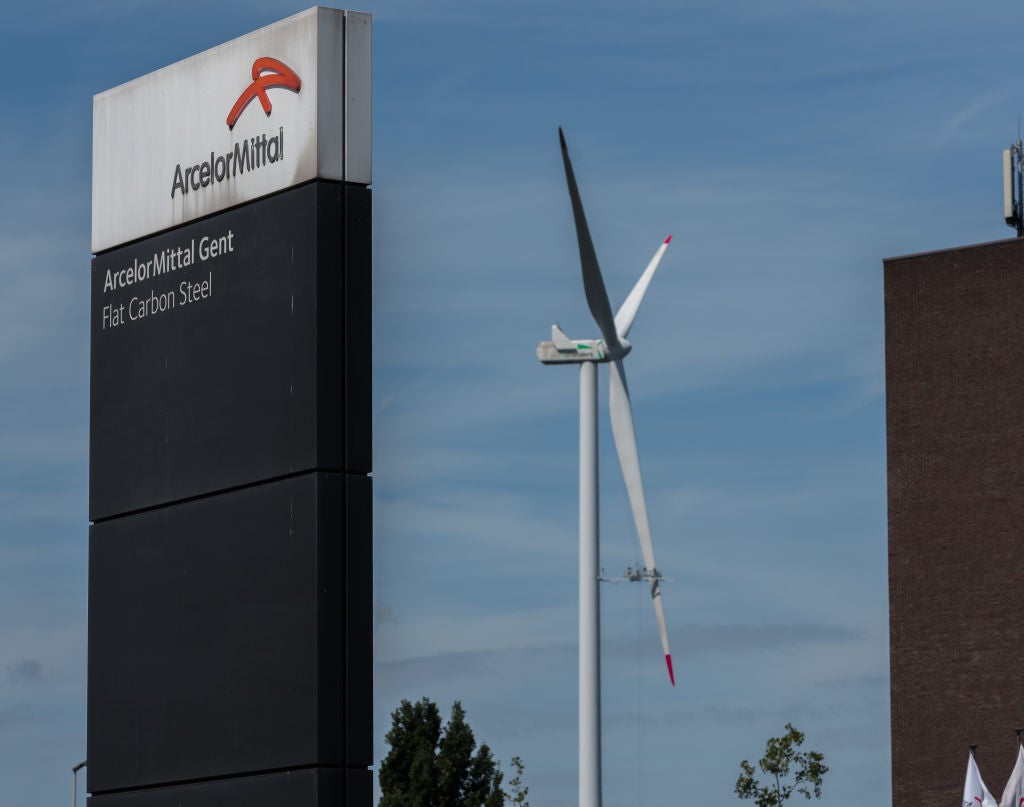
The economic impact of the Covid-19 pandemic saw foreign direct investment (FDI) project numbers decline by 17.5% in 2020. However, 2021 showed signs of recovery with an increase of 18.1%, according the Global FDI Annual Report 2022.
Metals and minerals FDI rose in 2021
For metals and minerals, FDI projects increased by 36.5% between 2020 and 2021, although that represented a more modest 1.3% increase from pre-Covid 2019 figures.
Our FDI Projects Database shows that greenfield metals and minerals FDI projects rose by 81 projects – from 222 to 303 – when compared year on year between 2020 and 2021.
In 2021, the majority of the 303 FDI projects were new projects, accounting for 58% of the total figure. However, when comparing growth between 2019 and 2021, new project numbers actually decreased by 19.4% and expansion projects increased by 56.1%.
Where are the leading destinations for metals and minerals?
In 2021, the US held on to its top spot as the leading destination for inbound metals and minerals FDI. However, the country has not yet returned to its pre-Covid project numbers, seeing a decrease of 7.7% in growth between 2019 and 2021.
The remaining countries in the top five – Germany, France, Turkey and Australia – have all seen impressive rebounds, far surpassing their pre-Covid project numbers. France and Australia in particular saw significant growth between 2019 and 2021, with an increase of 16 and 13 projects, respectively. Although Germany did decline by four projects between 2020 and 2021.
Less positively, within the top 20 countries, India, Mexico and China saw significant decreases – between 60% and 71% – in their inbound FDI metals and minerals project numbers between 2019 and 2021. India went from 14 projects to four, Mexico from 21 to eight and China from 15 to six.
More generally, western Europe was the leading region for metals and minerals greenfield FDI projects with 101 in 2021. Between 2019 and 2021, western Europe’s project numbers increased from 78 to 101, while the central and eastern Europe and Commonwealth of Independent States region – ranked second – saw a more modest increase from 54 to 56 projects.
In outbound investment, the US replaced Germany as the key source market for the sector in 2021. During the Covid-19 pandemic, Germany had overtaken the US with 28 outbound FDI projects to the US’s 19.
In 2021, the US claimed top billing in outbound metals and mining investment, with 30 outbound projects. Canada also saw significant growth in outbound investments into the sector with 28 projects, up from 13 projects in both 2019 and 2020.
Energy crisis hits metals and mining
Steel production company ArcelorMittal – which is headquartered in Luxembourg and was formed in 2006 following the merger of Arcelor with India’s Mittal Steel – saw the highest number of FDI project numbers with 17 in 2021.
In July 2022, ArcelorMittal signed a binding deal with Brazilian steelmaker Companhia Siderurgica do Pecem (CSP) for $2.2bn. The deal also included CSP stakeholders Vale, Dongkuk Steel Mill and Posco. It came before an announcement from CSP that due to the ongoing energy crisis and low demand, the company would be partly closing blast furnaces in both Germany and Spain.
Similarly, the second-largest FDI deal-making business in the sector, the Norwegian Norsk Hydro – a renewable energy and aluminium company – announced that due to the energy crisis in Europe, an aluminium smelter based in Slovakia would close at the end of September 2022.
This concerning trend of closures seems set to continue in correlation to the energy crisis in 2022. In fact, Eurometaux – a body that represents miners, smelters and fabricators in Europe – reported that between July 2021 and 2022, Europe has lost approximately half of its zinc and aluminium smelting capacity.
However, another significant trend impacting the industry is the increasing demand for electric vehicles and the heightened focus on renewable energy. Vale announced in September 2022 that it was planning to boost its copper and nickel output. This was in response to the company's forecast that global demand for nickel will increase by 44% by 2030 due to the ongoing energy transition.
Manufacturing holds top function
Manufacturing continued to be the leading business function in 2021 for metals and minerals FDI, accounting for 56% of all projects.
Manufacturing-attributed FDI projects had declined by 29% during Covid-19 in 2020 with the loss of 48 projects, but they rebounded to pre-Covid levels in 2021. Sales, administration and marketing-related FDI projects also dipped in 2020 and were just shy of returning to pre-Covid levels in 2021, with 73 projects in 2019 and 71 projects last year.
Basic precious and non-ferrous metals (including gold, silver and platinum) was the top subsector in 2021 with 73 projects. These metals are critical for wiring and electronic applications and saw a substantial rebound in project numbers from 29 in 2020 to 73 in 2021.
In second place, basic iron and steel and of ferro-alloys saw project numbers double from 30 to 60 between 2020 and 2021.
What does the future hold for metals and minerals?
Metals and minerals FDI has seen a substantial 2021 recovery from its diminished figures in 2020. In 2022, the continuing energy crisis following the war in Ukraine and the resulting sanctions on Russia are expected to make a meaningful impact on the sector, particularly to the region that led FDI greenfield project numbers in 2021, western Europe.
Furthermore, manufacturing supply chains are still in flux following the Covid-19 pandemic and protectionist trends will likely see the continuation of a geographical shift.
The story for metals and minerals in 2021 was positive. Furthermore, the increasing demand for crucial materials for the renewable energy industry is expected to continue. However, with the energy crisis yet to be meaningfully resolved, it is unclear if the momentum garnered in 2021 will carry through to 2022.
Download the full Global FDI Annual Report 2022 here.



